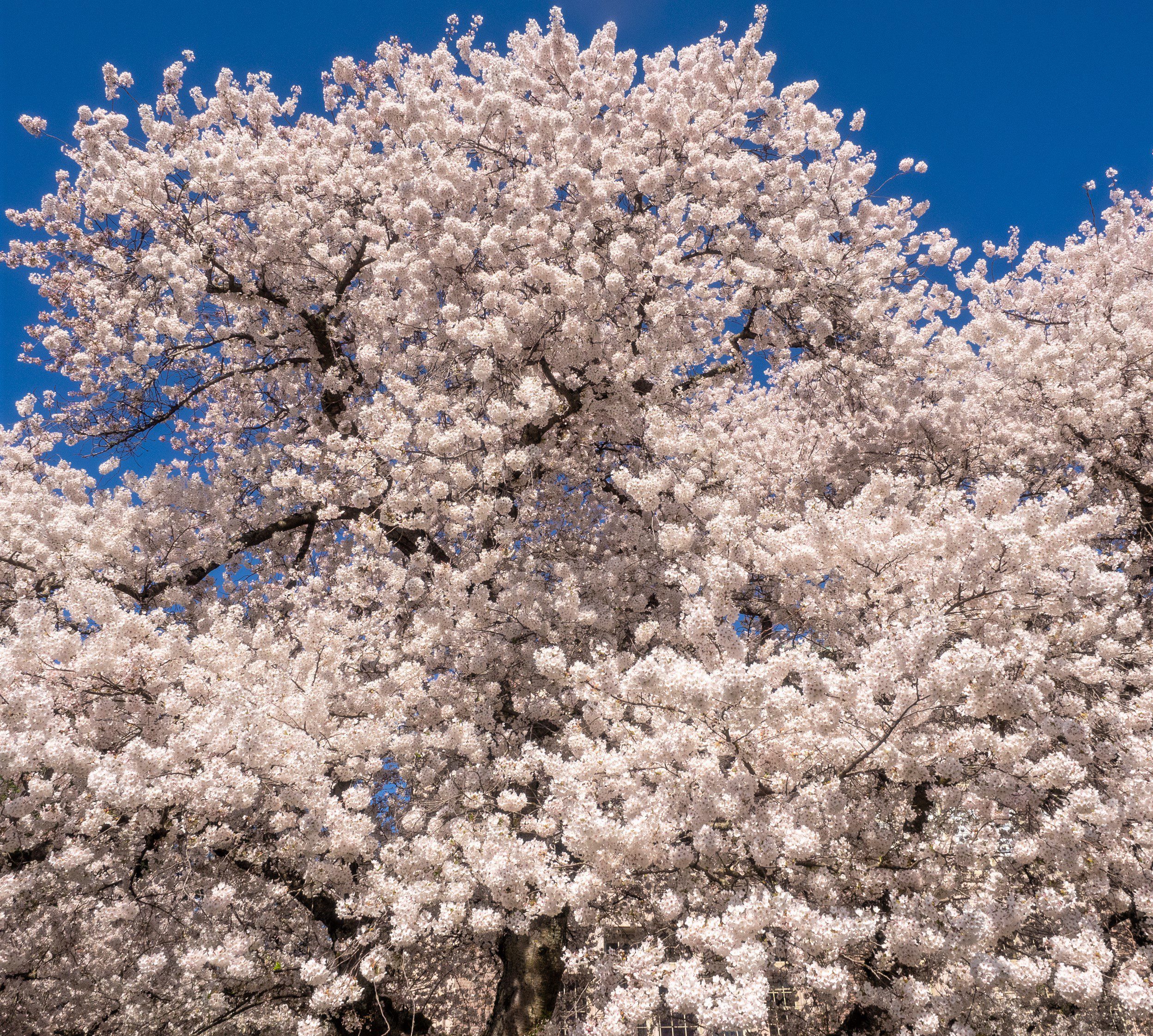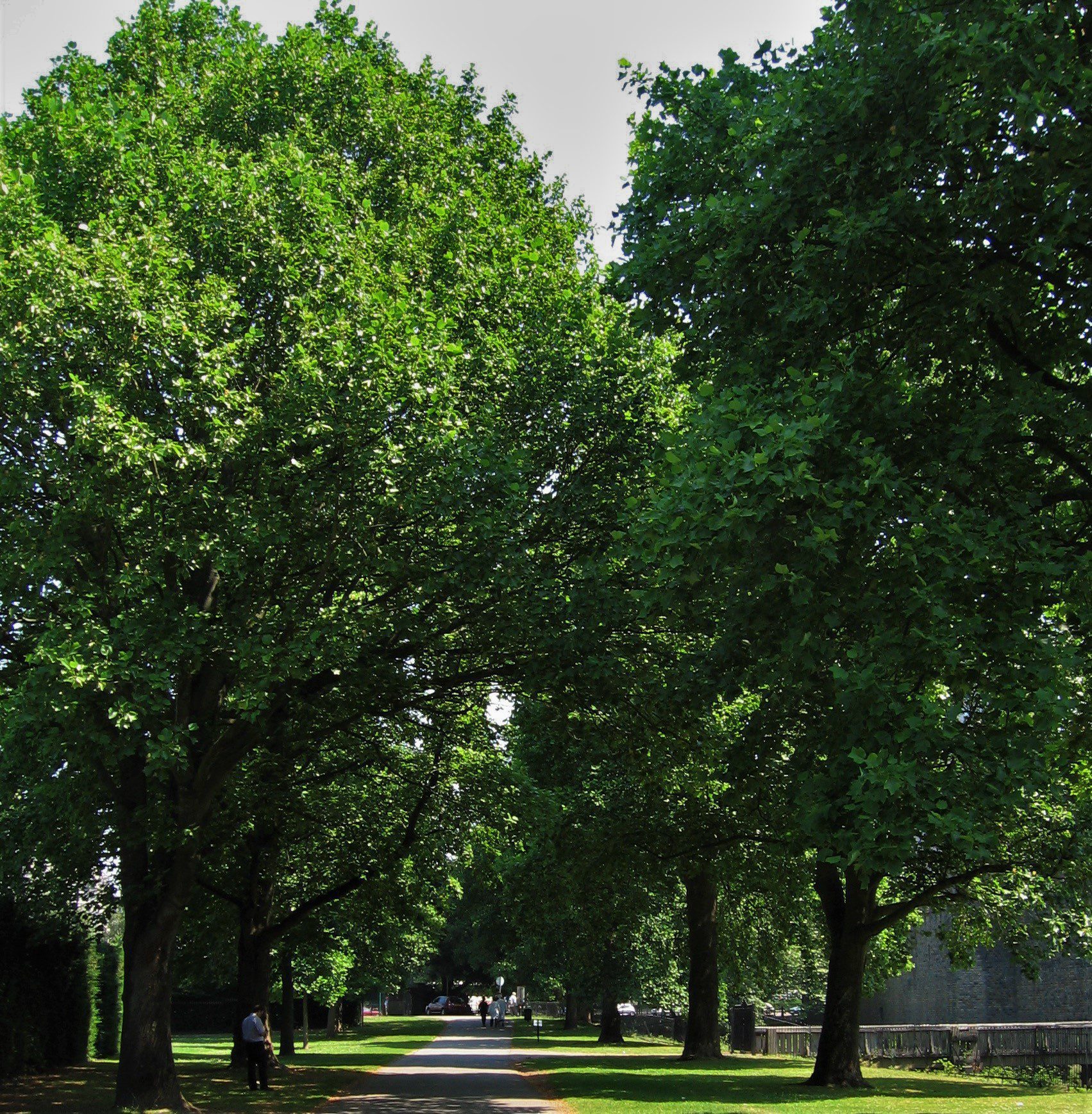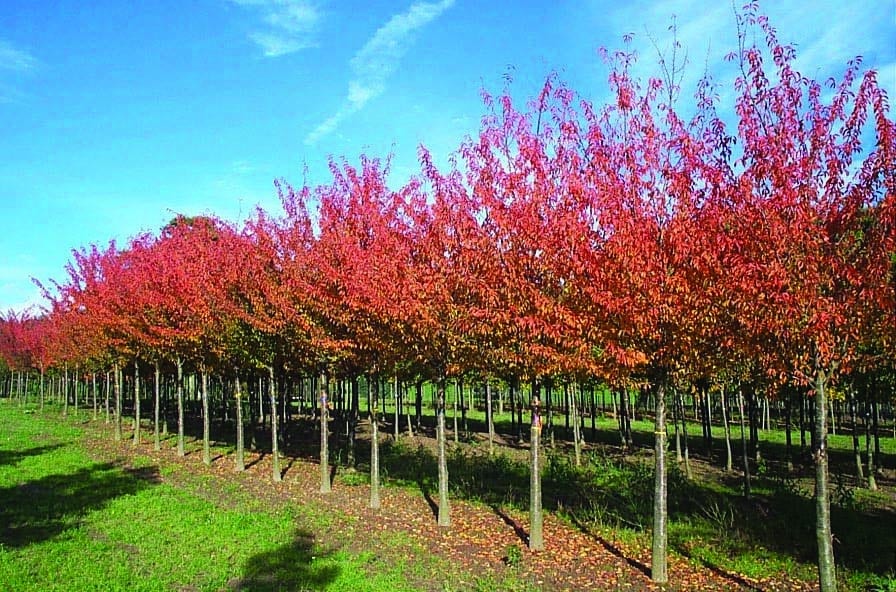As urbanisation expands at an unprecedented rate, the challenges of polluted air and rising temperatures intensify. In response to these pressing issues, there’s a renewed focus on tree planting. Not only do trees enhance the beauty of urban environments, but they offer invaluable benefits to its residents.
Trees function as natural air purifiers, making them an excellent remedy for urban areas struggling with air pollution. Strategically planting trees along streets and in parks can improve air quality, consequently reducing the risk of respiratory issues and improving the overall public health. Additionally, trees contribute to noise pollution reduction, by acting as natural barriers, absorbing, and deflecting sound waves.
As well as promoting physical well-being, the presence of trees has been associated with numerous mental health benefits, including stress reduction, mood improvement, and enhanced cognitive function. Trees provide spaces for relaxation and social interaction while enhancing the visual appeal of cities. Well-planned urban forestry initiatives can increase property values, attract businesses, and boost tourism, thereby fostering economic growth within urban areas.
- Alleviating Urban Heat Islands and Managing Stormwater.
Cities are often significantly warmer than surrounding rural areas due to buildings and pavements absorbing heat. This is known as the Urban Heat Island effect. Trees offer natural shade and evaporative cooling, which helps lower surface temperatures and mitigate the impact of heat islands. Additionally, trees help with stormwater absorption, reducing the risk of flooding and soil erosion in urban areas.
Despite the dominance of concrete landscapes, urban areas are home to a surprising amount of biodiversity. Trees provide food and homes for various wildlife, including birds, insects, and other species. By planting a mixed range of tree species, cities can support local ecosystems and establish green corridors that facilitate wildlife movement throughout urban areas.
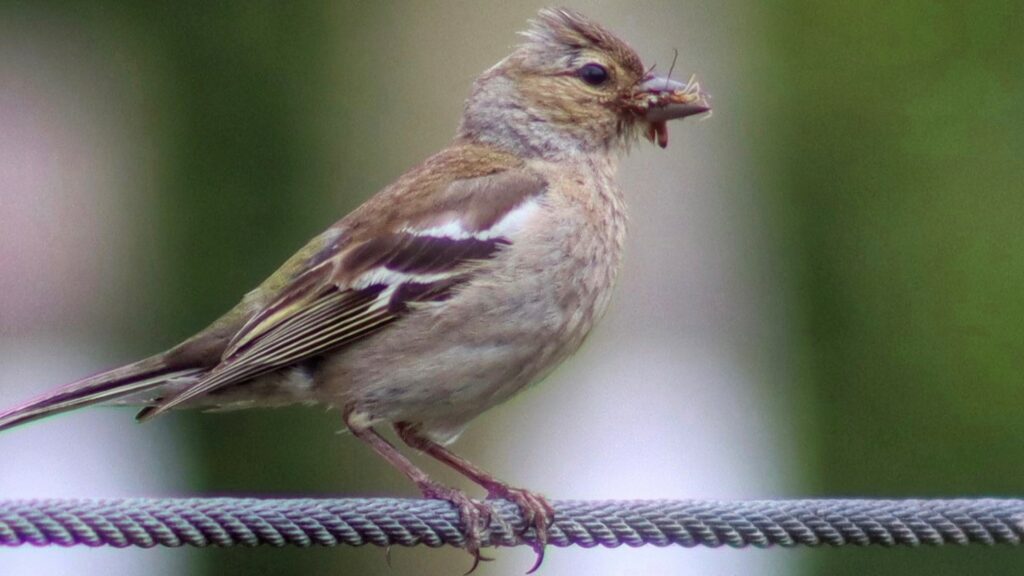
What Are the Best Trees for Urban Areas?
Though the benefits of urban tree planting are undeniable, its important to address the accompanying challenges, such as limited space, poor soil quality, and maintenance demands. Our Local Authority team shoulders the responsibility of supplying trees to County Councils, Unitary Authorities, and London Boroughs engaged in urban planting, and over the years, they have gained insight into what makes a great urban tree. Through collaborative efforts, they’ve curated a list of the best.
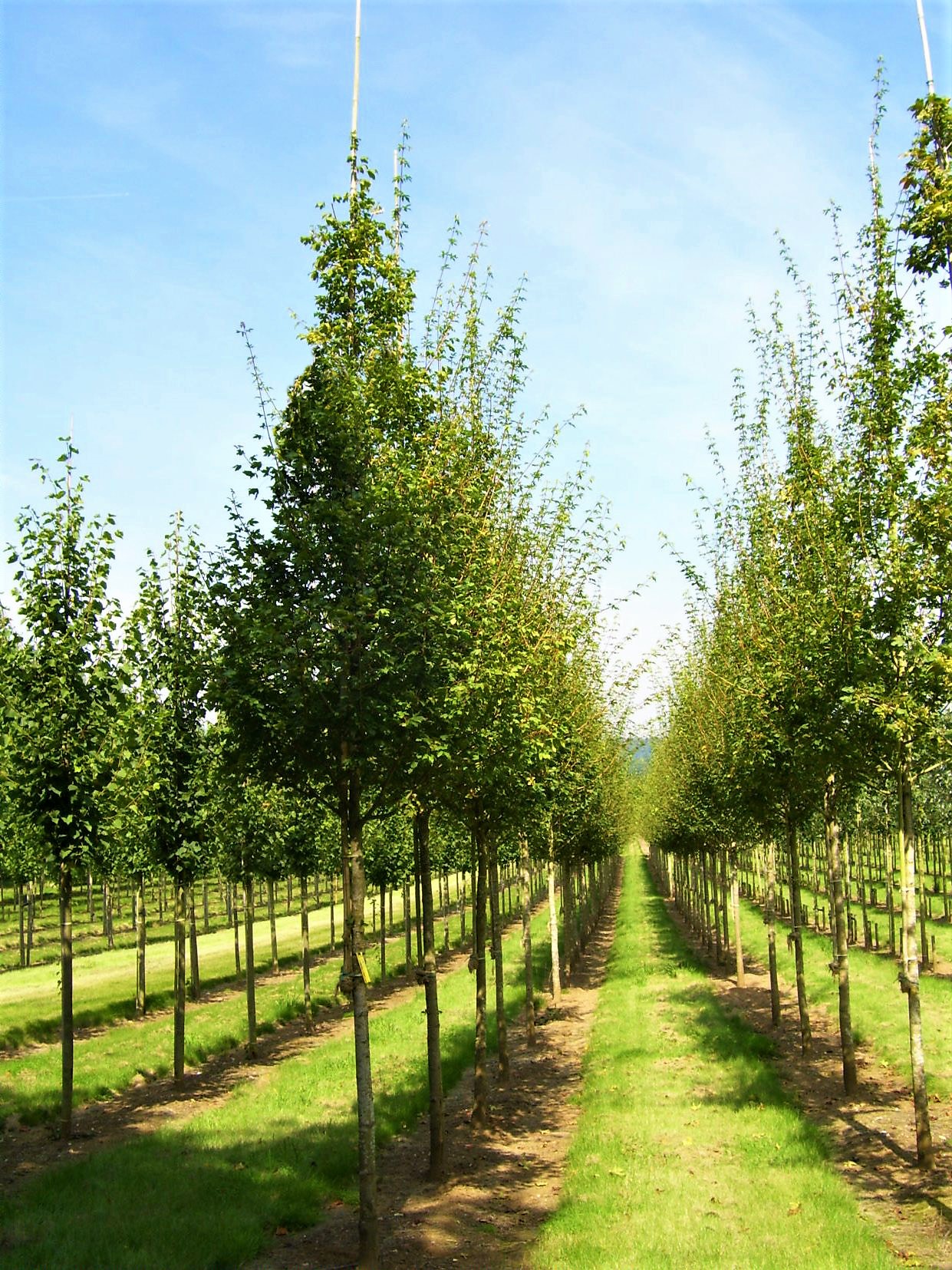
Acer campestre ‘Streetwise’
Field Maple
Size: Medium
Leading our selection is a standout from our award-winning ‘Streetwise’ range. Much like its parent species, Acer campestre ‘Streetwise’ thrives in various soil conditions and displays excellent responsiveness to pruning. Its upright canopy structure makes it well-suited for locations visited by both vehicles and pedestrians, such as car parks, central reservations, and pathways. It also demonstrates tolerance to waterlogged conditions and serves as a beneficial habitat for birds and bees.
Amelanchier arborea ‘Robin Hill’
June Berry
Size: Small
The ‘Robin Hill’ is an exceptional choice for street plantings, demonstrating remarkable adaptability even in compacted soil conditions. With its drought tolerance and minimal upkeep requirements, it proves ideal for urban landscapes facing resource constraints. Additionally, its small size upon maturity allows for placement closer to buildings without posing concerns, making it a perfect fit for pavements or areas with overhead wires.
Liquidambar styraciflua
Sweetgum
Size: Large
An excellent tree used in urban planting across the country. Sweetgums are prized for their attractive foliage and vibrant autumn colours. They are adaptable to a wide range of soil conditions and can tolerate environments with pollution, compacted soil, and drought. Their relatively fast growth rate allows them to establish quickly and provide shade and other benefits within a short time frame. Once established, they generally require minimal maintenance, making it a cost-effective choice.
Prunus ‘Sunset Boulevard’
Cherry
Size: Medium
A compact upright cherry tree perfect for urban environments with limited space. Once established, it demands minimal upkeep, making it a great selection for areas with limited resources. Boasting white blossoms in spring and vivid autumnal shades, the ‘Sunset Boulevard’ offers year-round visual impact, making it an excellent fit for areas craving colour. Wallsall City Council sought our expertise a few years ago, to supply 40 trees for year-round interest and privacy screening for residents along a busy A road. Among the supplied species was Prunus ‘Sunset Boulevard’ which successfully delivered seasonal charm, provided privacy to residents, and supported biodiversity.
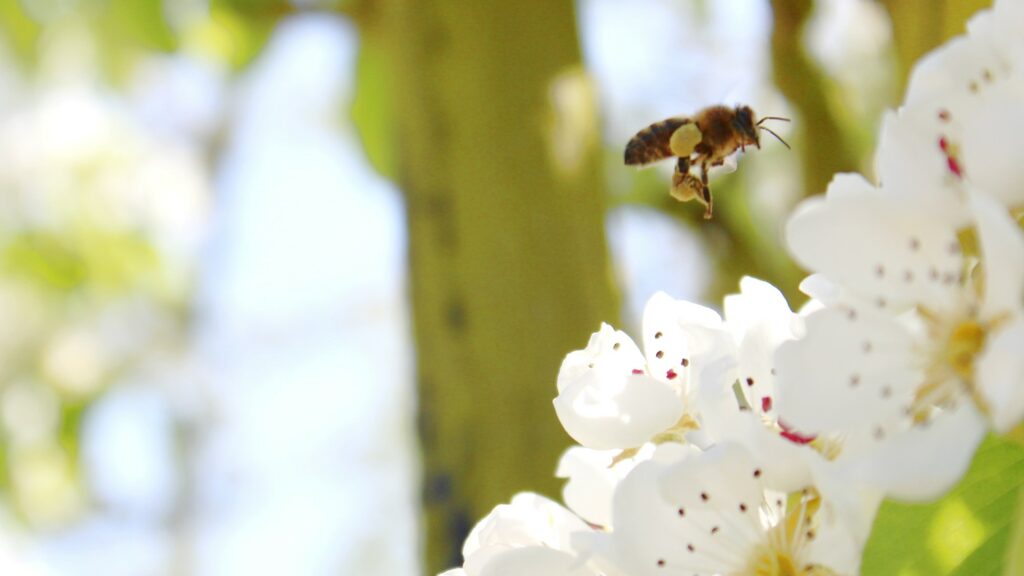
Pyrus calleryana ‘Chanticleer’
Ornamental Pear
Size: Medium
The ‘Chanticleer’ demonstrates exceptional resilience and versatility, making it ideal for various inner-city uses. Renowned for its stunning spring flower displays and early awakening from dormancy, this tree brings numerous benefits to urban environments. Its white blossoms, appear in spring, and serve as essential food for bees, butterflies, and other insects, while its dense canopy provides a favourable nesting habitat for birds. Planting rows of Pyrus along streets or avenues will aid in expanding tree coverage and encourage diverse ecosystems.
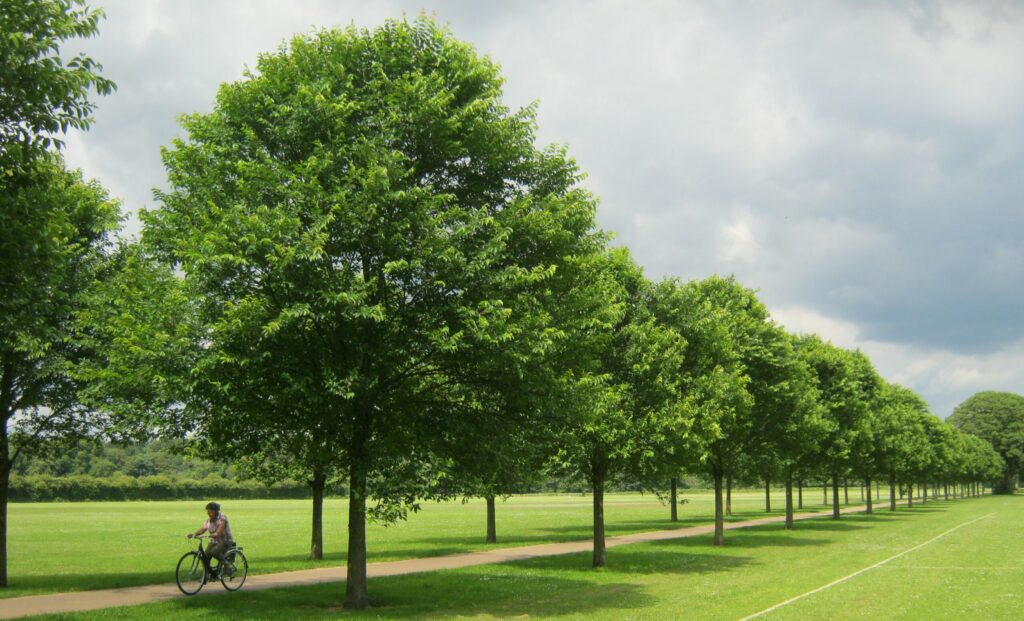
Ulmus ‘New Horizon’
Elm
Size: Medium/Large
Ulmus ‘New Horizon’ is an outstanding choice for urban tree planting, given its robust resistance to diseases and remarkable ability to thrive in urban environments. An illustrative case of its effectiveness occurred in 2005, when we supplied Cardiff Council with 100 elms to restore an avenue destroyed by Dutch Elm Disease. Since their introduction, these trees have exhibited no signs of diseases and have continued to thrive, demonstrating the success of planting this species in urban landscapes.

